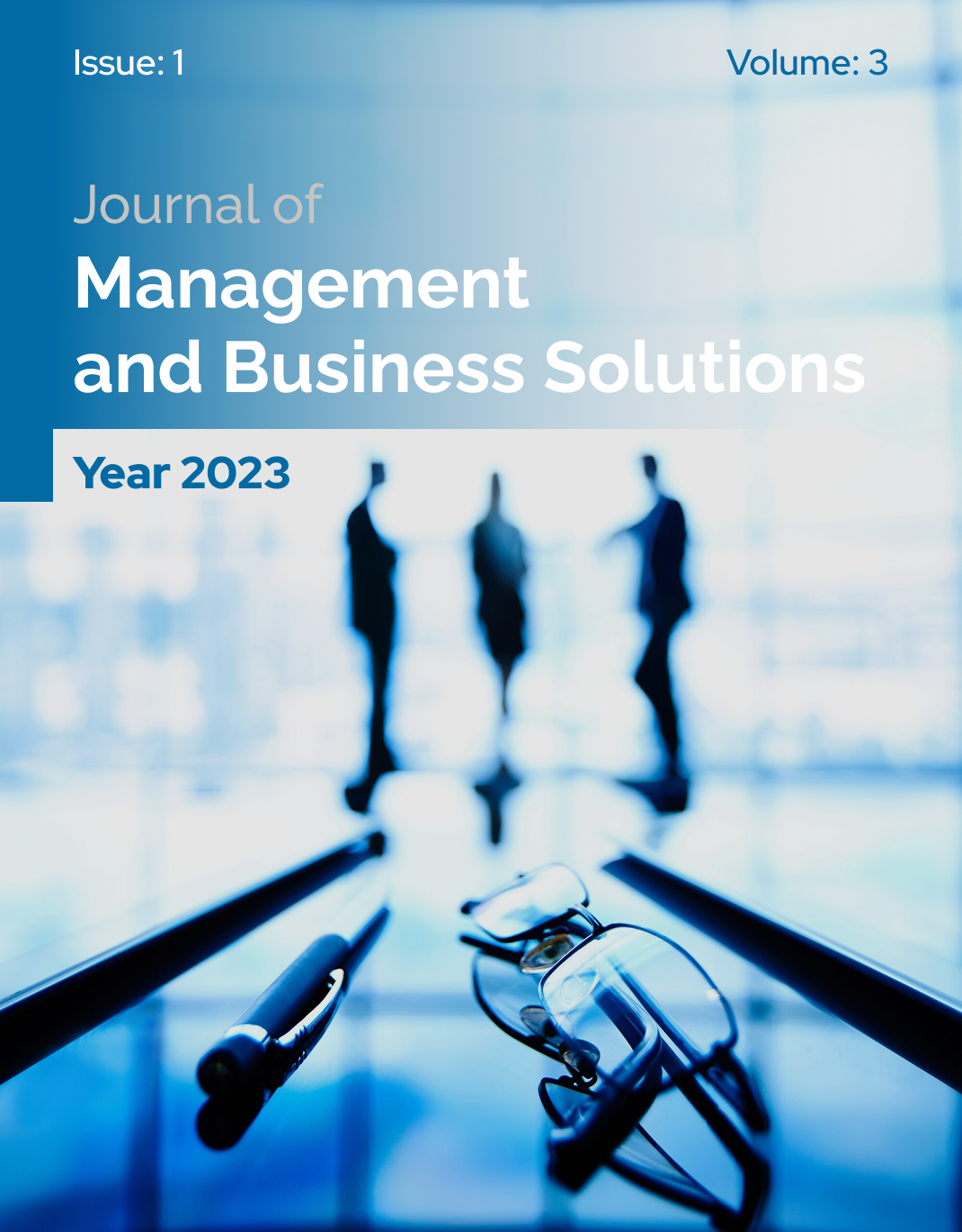Identifying the Key Drivers of Employee Retention in the Retail Sector: A Qualitative Exploration
Keywords:
Employee retention, retail sector, qualitative study, job embeddedness, organizational environment, career development, work-life balanceAbstract
This study aims to explore and identify the key factors that influence employee retention in the retail sector through the lived experiences of frontline workers in Tehran. A qualitative research design was employed using semi-structured interviews with 19 retail employees from various organizations in Tehran. Participants were selected through purposive sampling to ensure diversity in roles and experience. Interviews were conducted until theoretical saturation was achieved. Data were analyzed using thematic analysis, supported by NVivo software, following Braun and Clarke’s six-step method. Trustworthiness was ensured through member checking, peer debriefing, and reflexive journaling. Three major themes emerged from the analysis: (1) Organizational Environment—including subthemes such as supportive management, fair compensation, job security, internal communication, workload balance, and physical conditions; (2) Career Development—encompassing training opportunities, promotion pathways, mentorship, and role clarity; and (3) Personal and Interpersonal Fit—comprising work-life balance, job meaningfulness, team cohesion, employee voice, personal motivation, and alignment with company values. Participants emphasized the importance of emotional support, transparent communication, and flexible scheduling, alongside tangible benefits such as fair pay and job stability. Quotes from interviews revealed how these factors collectively influenced employees’ intention to stay. Employee retention in the retail sector is driven by a complex interplay of environmental, developmental, and personal factors. Beyond financial incentives, workers value supportive leadership, growth opportunities, meaningful relationships, and alignment with organizational culture. These insights can inform context-specific strategies for improving retention in high-turnover sectors such as retail.
Downloads
References
Allen, D. G., Bryant, P. C., & Vardaman, J. M. (2010). Retaining talent: Replacing misconceptions with evidence-based strategies. Academy of Management Perspectives, 24(2), 48–64. https://doi.org/10.5465/amp.24.2.48
Blau, P. M. (1964). Exchange and power in social life. Wiley.
Boushey, H., & Glynn, S. J. (2012). There are significant business costs to replacing employees. Center for American Progress. https://www.americanprogress.org/article/there-are-significant-business-costs-to-replacing-employees/
Denzin, N. K., & Lincoln, Y. S. (2018). The SAGE handbook of qualitative research (5th ed.). SAGE Publications.
Ghosh, P., Satyawadi, R., Joshi, J. P., & Shadman, M. (2013). Who stays with you? Factors predicting employees’ intention to stay. International Journal of Organizational Analysis, 21(3), 288–312. https://doi.org/10.1108/IJOA-Sep-2011-0511
Hom, P. W., Lee, T. W., Shaw, J. D., & Hausknecht, J. P. (2017). One hundred years of employee turnover theory and research. Journal of Applied Psychology, 102(3), 530–545. https://doi.org/10.1037/apl0000103
Javadian, N., & Moghadasi, M. (2021). The challenges and prospects of Iran’s retail market in the post-sanction era. Iranian Journal of Economic Studies, 10(1), 1–20.
Karatepe, O. M. (2013). High-performance work practices and hotel employee performance: The mediation of work engagement. International Journal of Hospitality Management, 32, 132–140. https://doi.org/10.1016/j.ijhm.2012.05.003
Kim, S. (2014). Individual-level factors and organizational performance in government organizations. Public Performance & Management Review, 38(2), 234–262. https://doi.org/10.2753/PMR1530-9576380203
Kumar, D. M., & Mathimaran, K. B. (2017). Employee retention strategies – An empirical research. Global Journal of Management and Business Research: E Marketing, 17(1), 1–8.
Kundu, S. C., & Lata, K. (2017). Effects of supportive work environment on employee retention: Mediating role of organizational engagement. International Journal of Organizational Analysis, 25(4), 703–722. https://doi.org/10.1108/IJOA-12-2016-1100
Lobel, S. A., St. Clair, L., & Clar, D. A. (1999). Effects of family responsibilities, gender, and career identity salience on performance outcomes. Academy of Management Journal, 42(4), 400–408. https://doi.org/10.5465/257010
Mitchell, T. R., Holtom, B. C., Lee, T. W., Sablynski, C. J., & Erez, M. (2001). Why people stay: Using job embeddedness to predict voluntary turnover. Academy of Management Journal, 44(6), 1102–1121. https://doi.org/10.5465/3069391
Ton, Z., & Huckman, R. S. (2008). Managing the impact of employee turnover on performance: The role of process conformance. Organization Science, 19(1), 56–68. https://doi.org/10.1287/orsc.1070.0294
Downloads
Published
Submitted
Revised
Accepted
Issue
Section
License

This work is licensed under a Creative Commons Attribution-NonCommercial 4.0 International License.




